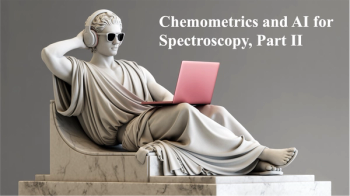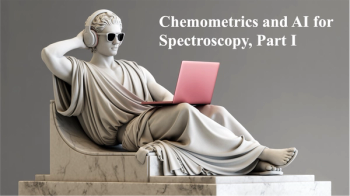
Why Does This Cheese Taste So Gouda?
Scientists in Germany combined mass spectrometry and other analytical instruments and sensory tools to identify six gamma-glutamyl peptides that appear to be responsible for the complex, long-lasting flavor of Gouda cheese.
Scientists in Germany combined mass spectrometry and other analytical instruments and sensory tools to identify six gamma-glutamyl peptides that appear to be responsible for the complex, long-lasting flavor of Gouda cheese. They compared 4-week-old Gouda to a Gouda that had been aged 44 weeks, which had a more intense “kokumi sensation,” or heartiness, when sampled by a taste panel. The six peptides were present in much greater quantities in the aged cheese, accounting for its richer flavor. Because the 4-week-old cheese lacked this intense kokumi sensation, the researchers concluded that the six peptides develop during the ripening process. According to the researchers, their discovery could lead to the development of more flavorful cheeses and other dairy products by technological means.
Newsletter
Get essential updates on the latest spectroscopy technologies, regulatory standards, and best practices—subscribe today to Spectroscopy.





